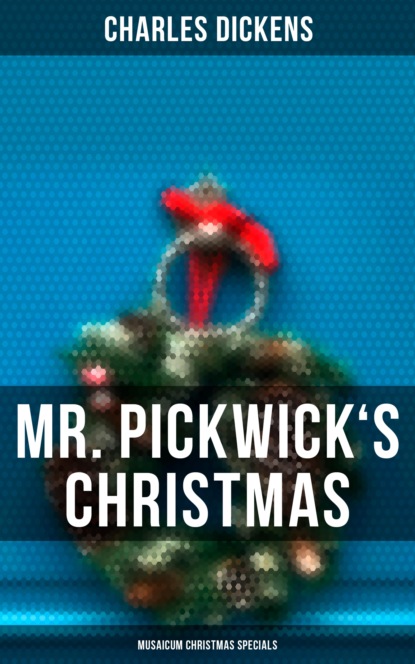the most talented pencils from George Cruikshank to Frederick Barnard. Hence, beside the plates for the original editions, we have innumerable engravings for subsequent editions and for special forms of reproduction.
Forster, the biographer of Dickens, informs us that rarely, if ever, did anything but disappointment await the novelist so far as the illustrations were concerned; a fact easily determined by tracing the dissatisfaction he evinced through his intimate and friendly intercourse with the pictorial interpreters of his text.
The artist of the earlier part of the nineteenth century seldom resorted to the use of the living model in preparing their pictures, and this in no small way accounts for the puppet-like appearance of many of their figures. The only guide was the vivid descriptions of the author, an artist who drew all his inspiration from life.
However, in the early sixties there arose a new school of illustrators who lavished the same care upon the preparation of an illustration as a painter does upon his canvases. The result was a series of pictures filled with human interest,—pictures not relying upon exaggeration of details and facial expression to convey their meaning. The only claim that can be made for the early plates as compared to these later ones is their charm of association. Work of men such as Frederick Barnard and Charles Green far surpasses technically these earlier productions and gives to us an interpretation more human and living.
In the illustration of the original edition of “Pickwick” we are concerned with three artists, Robert Seymour, Robert Buss, and Hablôt K. Browne, better known as “Phiz.”
Seymour’s services were prematurely ended by his suicide. His successor, Buss, was also of short duration and evidently not satisfactory to the author or publisher, for there follows a long list of applicants desiring to fill the vacant post, among them Wm. M. Thackeray. In responding to a toast of “Literature,” at the Royal Academy banquet years after, the latter said, “I can remember when Mr. Dickens was a very young man and had commenced delighting the world with some charming humorous works, of which I cannot mention the name but which were coloured light green and came out once a month, that this young man wanted an artist to illustrate his writings, and I recollect walking up to his chambers with two or three drawings in my hand, which, strange to say, he did not find suitable. But for that unfortunate blight which came over my artistical existence it would have been my pride and my pleasure to have endeavoured one day to find a place on these walls for one of my performances.” Later he alluded to the rejection of his services as “Mr. Pickwick’s lucky escape.”
In the end Browne was accepted and of all the illustrators of those early editions he is the one par excellence, excepting only Luke Fildes R. A., the illustrator of the first edition of “Edwin Drood.”
When Fildes interviewed Dickens preparatory to taking up this commission, he informed the author that although he appreciated the honour of being selected to illustrate “Edwin Drood,” he felt compelled to forego most reluctantly the pleasure of it if the designs had to be of a comic and wholly humorous nature after the manner of Phiz and his predecessors. He reminded Dickens that his writings possessed an intensely serious as well as a jocular side and would lend themselves admirably to a graver style of handling. Dickens replied that he was rather tired of having his illustrators consider him entirely as a humourist and caricaturist. While there is a vast difference between “Pickwick” and “Edwin Drood,” yet there is much of serious life depicted in the various escapades of the club, and it is the keen appreciation of this quality that seems to have escaped entirely the earlier artists.
We turn to Charles Green and find in his series of large water-colours one entitled, “The Pickwick Club,” and our intimate friend clothed, not in caricature, but in all the atmosphere of reality, losing thereby none of his jovial and comic characteristics. The real Winkle, the real Snodgrass, the real Tupman, are listening to his address, and the unnatural elements of the first plates have given way to a more suitable form of expression though retaining the quaint humour of the text.
Who does not find here the Pickwick we have always sought—the Pickwick created by Dickens?
The writer has endeavoured to produce in this series of pictures the true atmosphere, human in the blending of the serious and the comic, and to give to them the semblance of reality produced in our minds by the text.
George Alfred Williams.
Chatham, N. J.
A GOOD-HUMOURED CHRISTMAS CHAPTER
Конец ознакомительного фрагмента.
Текст предоставлен ООО «ЛитРес».
Прочитайте эту книгу целиком, купив полную легальную версию на ЛитРес.
Безопасно оплатить книгу можно банковской картой Visa, MasterCard, Maestro, со счета мобильного телефона, с платежного терминала, в салоне МТС или Связной, через PayPal, WebMoney, Яндекс.Деньги, QIWI Кошелек, бонусными картами или другим удобным Вам способом.
